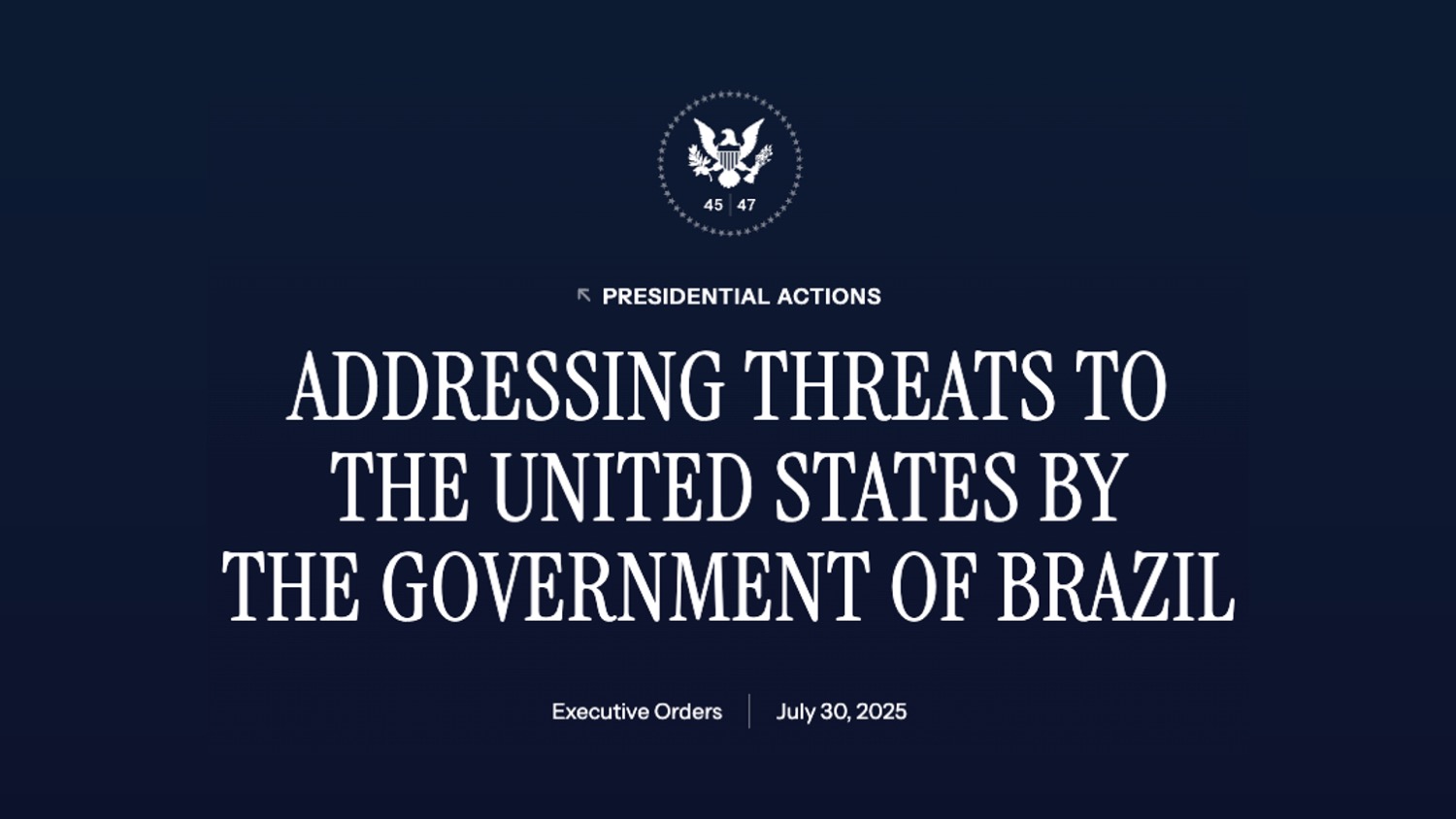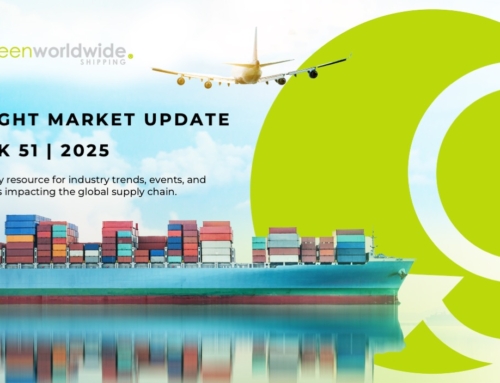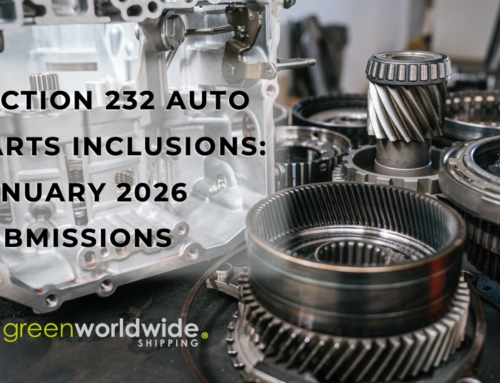On July 30, 2025, the White House issued an Executive Order under IEEPA and the National Emergencies Act to impose an additional 40% ad valorem duty on imports from Brazil. This measure is in addition to existing Section 232 tariffs, raising the total duties on many Brazilian imports to 50%.
The new tariff takes effect at 12:01 a.m. EDT August 6, 2025, and applies in addition to existing tariffs unless a higher Section 232 rate already applies.
REVIEW THE EXECUTIVE ORDER: ADDRESSING THREATS TO THE UNITED STATES BY THE GOVERNMENT OF BRAZIL
WHAT HTSUS CHANGES APPLY TO THE NEW TARIFFS ON BRAZIL, AND ARE THERE EXEMPTIONS?
Subchapter III of Chapter 99 of the HTSUS was amended to include new headings 9903.01.77 through 9903.01.83. Heading 9903.01.77 applies the general 40 percent additional duty. Headings 9903.01.78 and 9903.01.79 detail transit exceptions and humanitarian exemptions. Headings 9903.01.81 through 9903.01.83 exclude informational materials, civil aircraft, and specified product groups, including semi-finished copper, iron and steel derivatives, aluminum articles, and light vehicles.
Exemptions include:
- Shipments in transit or entered before October 5, 2025, under specified conditions
- Humanitarian donations and informational materials
- Categories in Annex I (e.g., certain ores, energy products, civil aircraft and parts)
Importers should audit classifications against these new Chapter 99 headings:
- 9903.01.77 – General 40 percent additional duty on Brazilian products
- 9903.01.78 – Transit exceptions for goods en route before the effective date
- 9903.01.79 – Humanitarian donation exemptions
- 9903.01.80 and 81 – Informational materials and specified civil-aircraft goods
- 9903.01.82–83 – Exclusions for semi-finished copper, iron/steel/aluminum derivatives, vehicles, and light trucks
HOW CAN U.S. IMPORTERS OF BRAZILIAN GOODS ADAPT TO MINIMIZE DISRUPTION?
Confirm that product entries align with general 40 percent duties, transit exceptions, humanitarian relief, informational materials, and exclusions for semi-finished metals, aerospace articles, and light vehicles.
Classification adjustments may include:
- Reviewing sourcing strategies to reduce concentration in Brazil.
- Leveraging bonded warehouses or foreign-trade zones to defer duties.
- Working with brokers to streamline classification and entry.
- For example, a $100,000 shipment misclassified under the wrong HTSUS code could incur $40,000 in unexpected duties.
Brazil’s leading export commodities include petroleum products, iron and steel, aircraft, industrial machinery, coffee, and wood with its pulp. The Executive Order states that if Brazil imposes higher tariffs on U.S. goods, the U.S. rate will increase by the same amount. The White House may amend or rescind measures based on Brazil’s response.
Stay up-to-date on freight news with Green’s Weekly Freight Market Update by following us on LinkedIn. For continuous updates, make sure to check out our website at greenworldwide.com.





